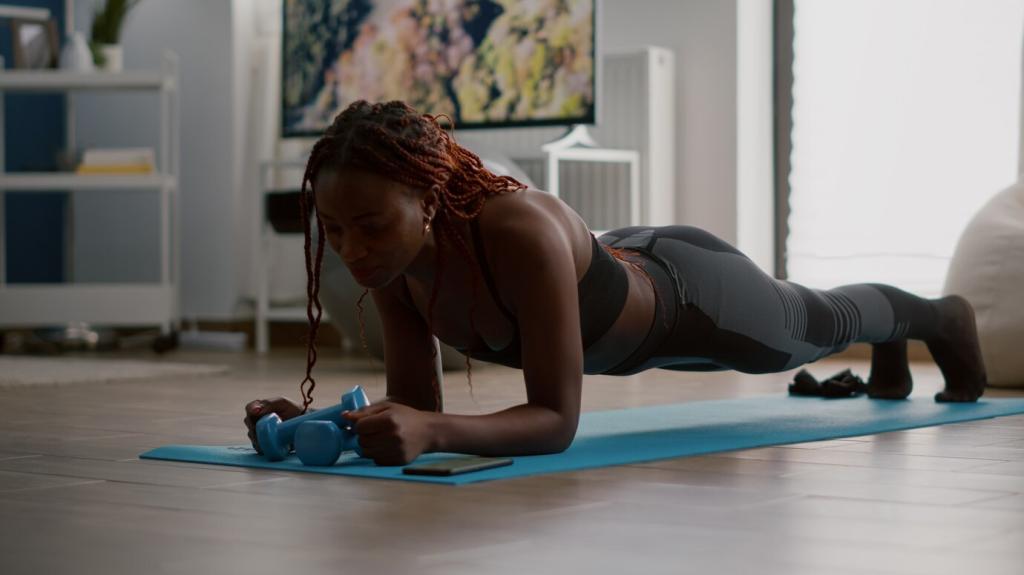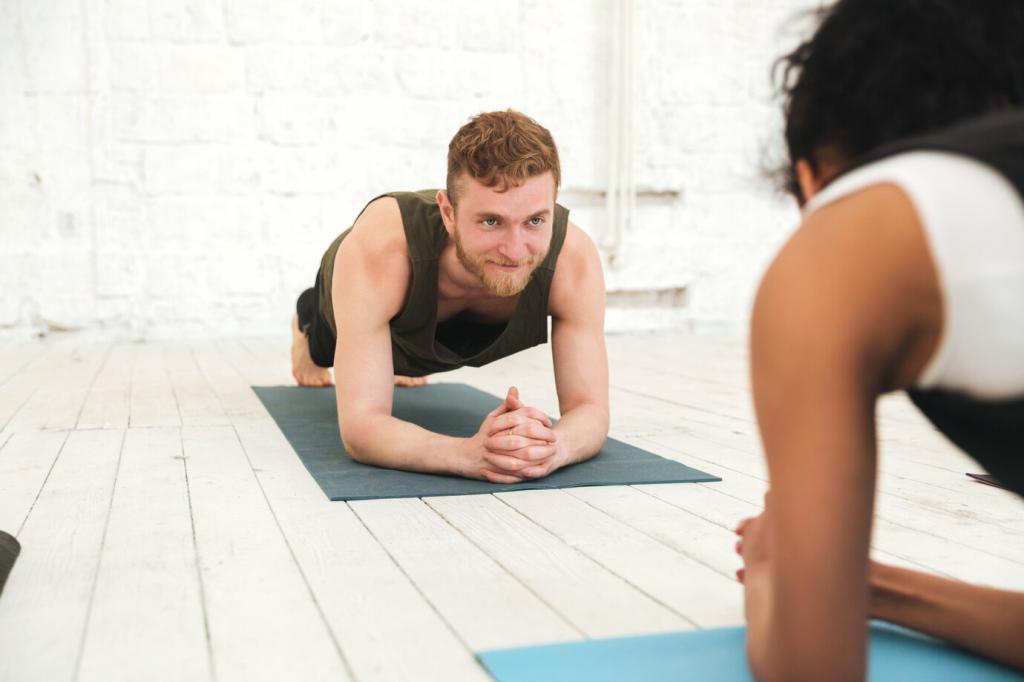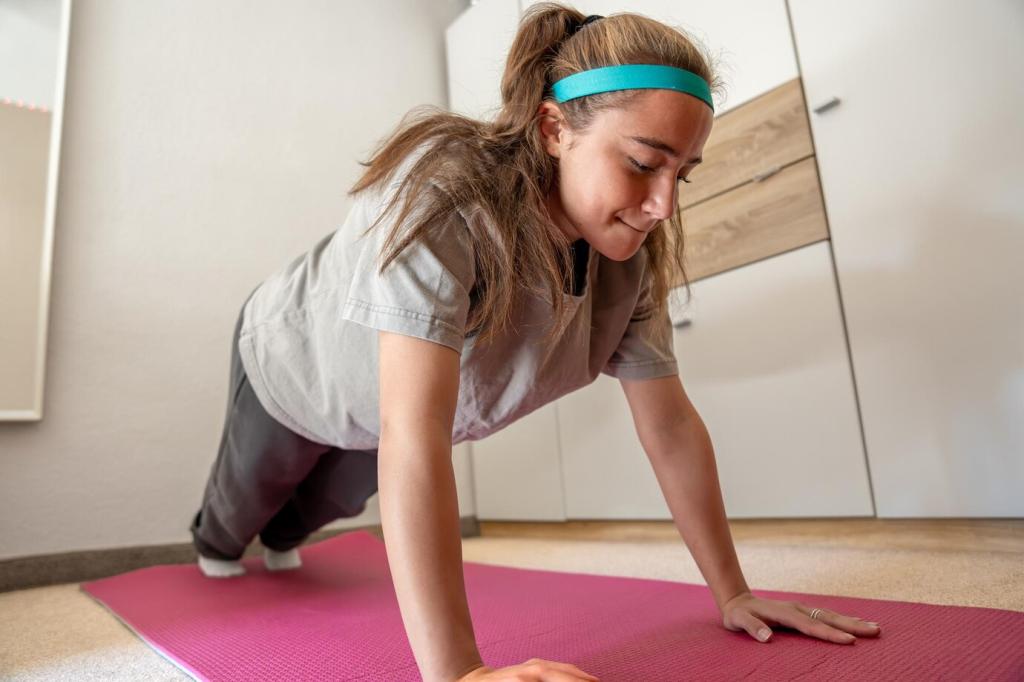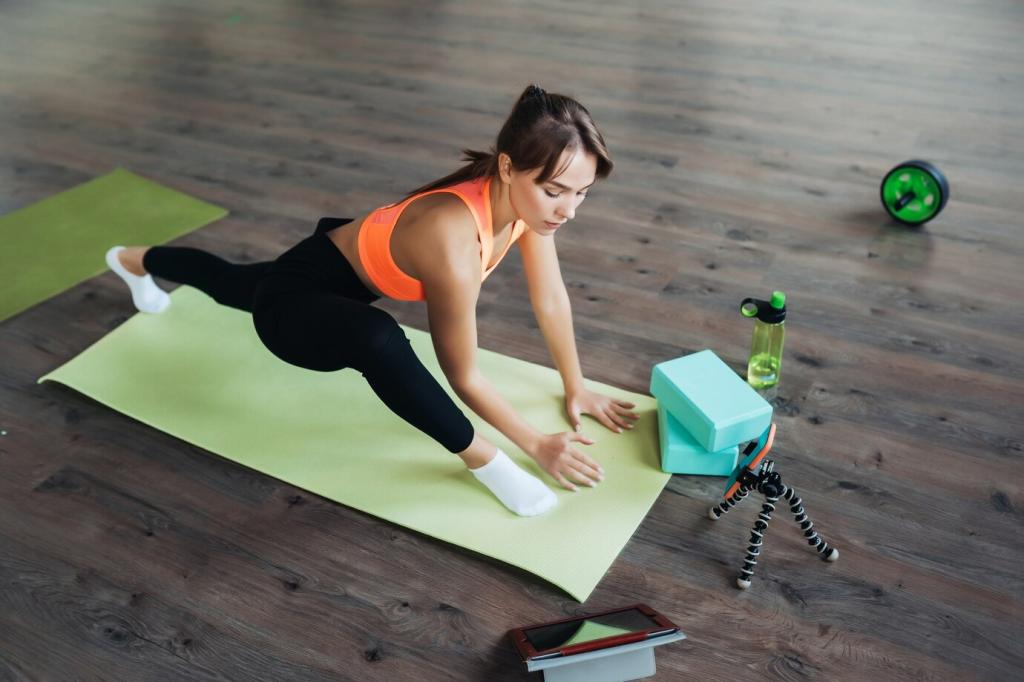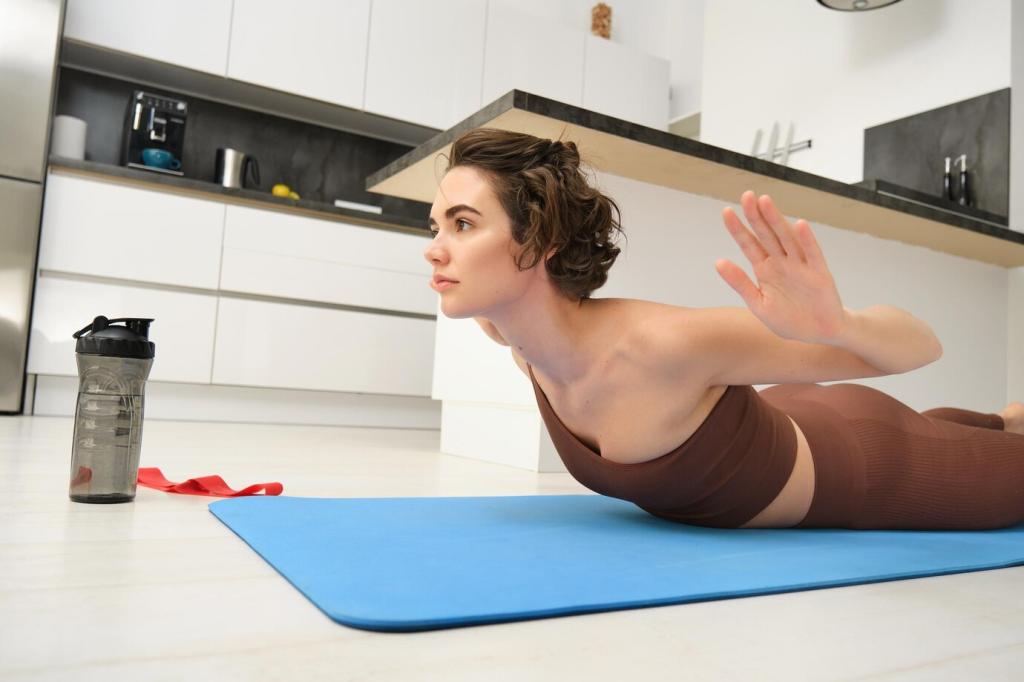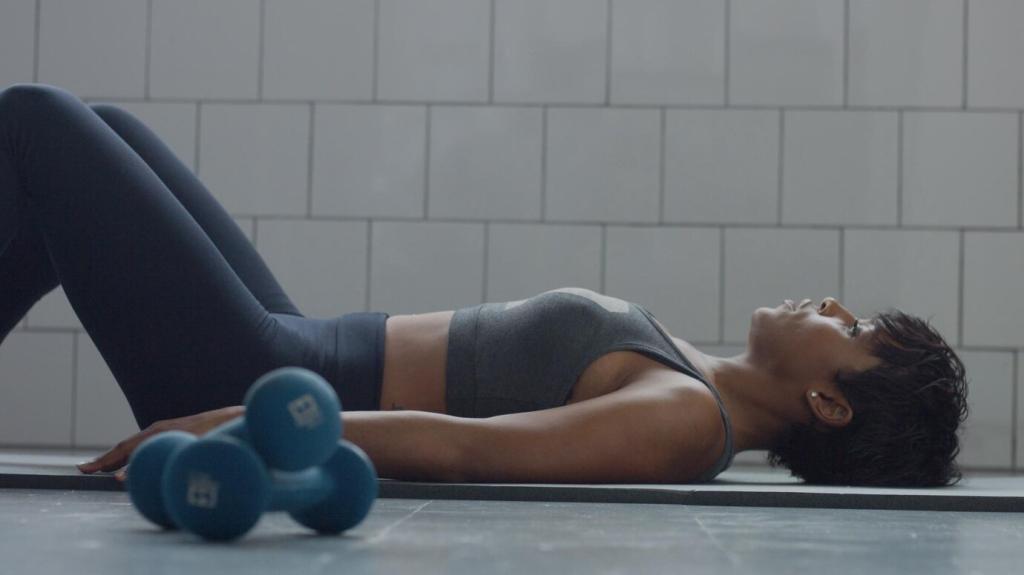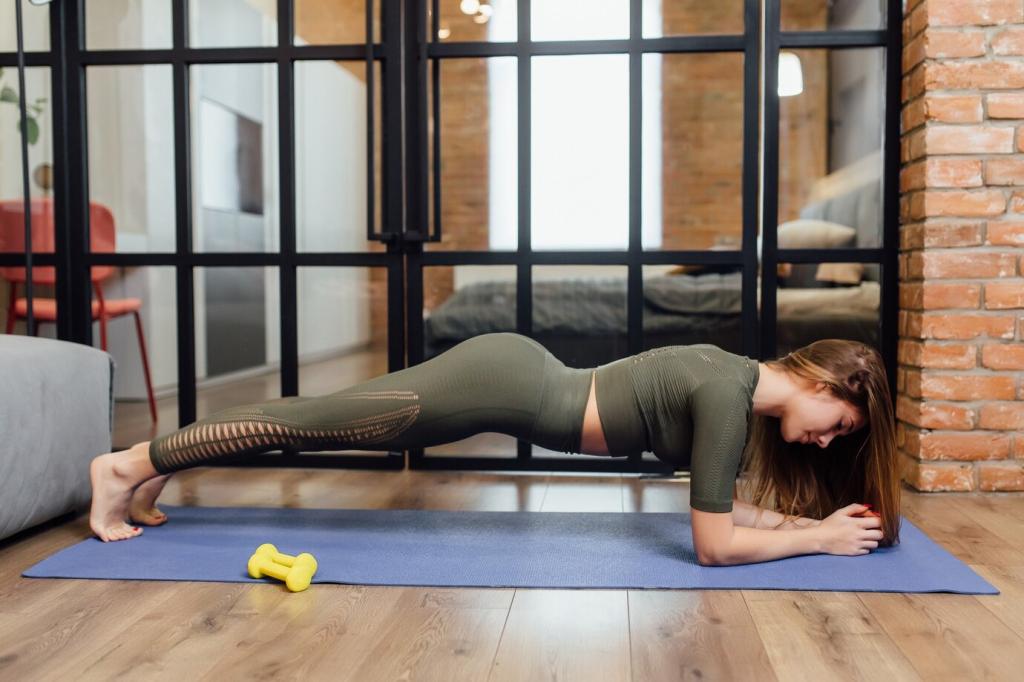No-Gym Gear: What You Need and Smart Substitutes
Squats, push-ups, hip hinges, and planks build strength without equipment. Use slow tempos, pauses, and controlled breathing to increase difficulty safely. Comment which bodyweight move challenges you most, and we’ll suggest a friendly modification.
No-Gym Gear: What You Need and Smart Substitutes
Backpack filled with books becomes a weight, towels become sliders, and a sturdy chair becomes a bench. Reader Jordan started with water jugs and nailed consistent training. Share your most creative substitute to inspire another beginner.


